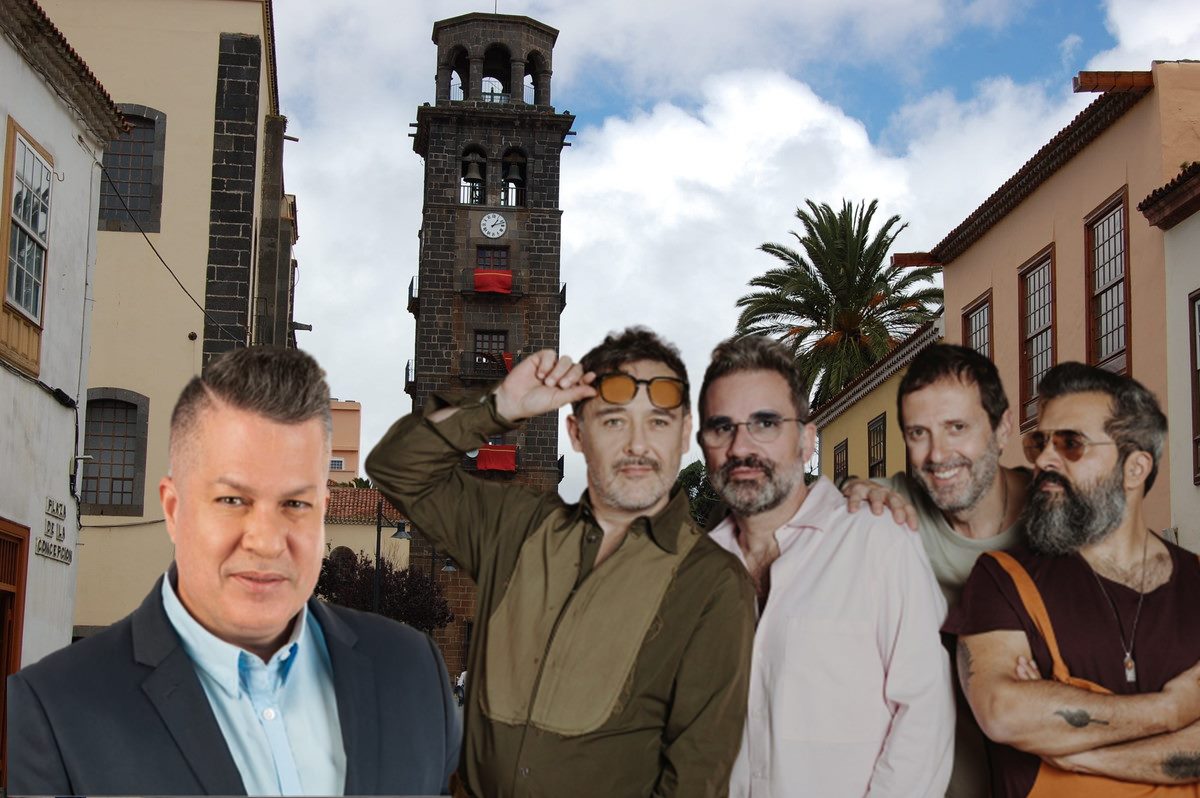
September brings an ancient aroma to the islands, a blend of damp earth, gentle sun, and freshly harvested grapes. It is the time of the grape harvest, when the traditional wine presses come alive, and the must flows generously as a promise of wine. La Laguna has also experienced this harvest atmosphere. Its fertile and open valley has been, for centuries, a land of vineyards that contributed wealth, culture, and symbols to the city of Aguere.
Historical Context
In the early days of colonisation, the lands surrounding the new city became covered with vines, particularly Malvasía, a wine that gained international fame. From Garachico and later from Santa Cruz, barrels set sail for England, Flanders, and America, carrying not just a product but also the image of an island that graced the most refined tables in Europe. As the capital at that time, La Laguna facilitated this trade and soaked in the prestige brought by its wines.
It is essential to acknowledge that the boundaries of La Laguna’s jurisdiction during those centuries included what are now municipalities like Tacoronte and Tegueste. Both, with their distinct identities since the 19th century, have upheld the winemaking tradition remarkably. Tacoronte lends its name to the first Denomination of Origin in the Canary Islands, Tacoronte-Acentejo, while Tegueste preserves the living memory of wine presses and vines within its rural landscape. Although today La Laguna is a university and administrative city, it retains echoes of its rich history tied to grape harvesting.
Artistic Influences
The legacy of wine has also left its mark on the arts. In Baroque altarpieces, clusters of grapes appear as an Eucharistic symbol; silver chalices are adorned with vine motifs; and in the grand houses, cellars and courtyards remain where grapes were once pressed. Wine not only supported the economy but also inspired decorations, folk songs, and literary chronicles that celebrated the quality of La Laguna’s wines.
The Decline and Resilience of Winemaking
Over time, trade declined. Other wines, closer to European markets, gained ground, and crises in the 18th and 19th centuries diminished the prominence of Malvasía. However, the culture of wine in the valley never fully disappeared. Even today, strolling through the outskirts of La Laguna, one can discover corners where the vine clings to the earth as a silent witness to a time of splendour.
The Community Spirit of Harvest
The grape harvest is not merely an agricultural act; it is a community rite. Entire families would gather, celebrating the abundance of the land and reinforcing the identity of the people. In La Laguna, this spirit is linked to the September calendar when the city inhaled the aroma of must, and life seemed to renew with the new wine.
Today, as Tacoronte and Tegueste continue to cultivate vines overlooking the Atlantic, La Laguna holds within its streets, convents, and collective memory the traces of that era. Its walls and altarpieces, its courtyards and silent wine presses, serve as reminders that there was once a time when the entire valley was fragrant with must.
A Symbol of Identity
In the Christian tradition, the vine is more than a crop; it is a symbol of the Gospel. “I am the true vine, and you are the branches,” says Jesus in the Gospel of John. It is no coincidence that in this land of vines and harvests, this symbol resonates deeply. Just as the vine requires the patient care of the vine-grower, so too does the human community need attention, tenderness, and collaborative effort to bear fruit. The wine, which once represented wealth and culture here, continues to be a symbol of covenant, shared celebration, and new life.
In this harvest month, it may be beneficial to pause for a moment and listen to what that memory whispers. The history of wine in La Laguna is not merely a tale of the past; it is identity, culture, and a symbol of a people that transformed the land into shared life. And that legacy, much like fine wine, deserves to be savoured with respect and gratitude.














